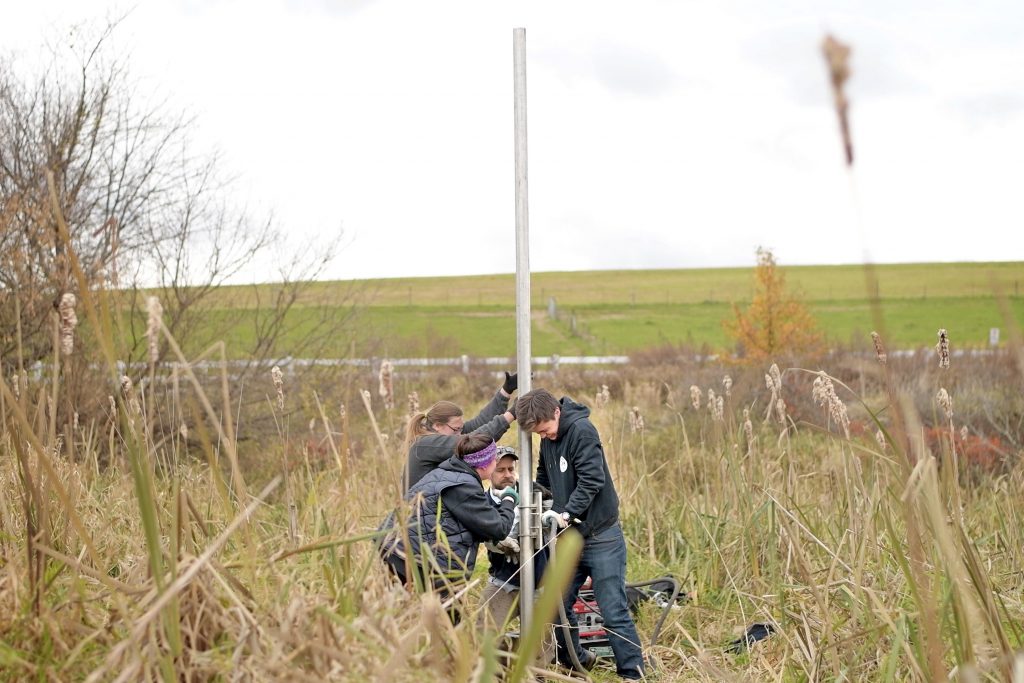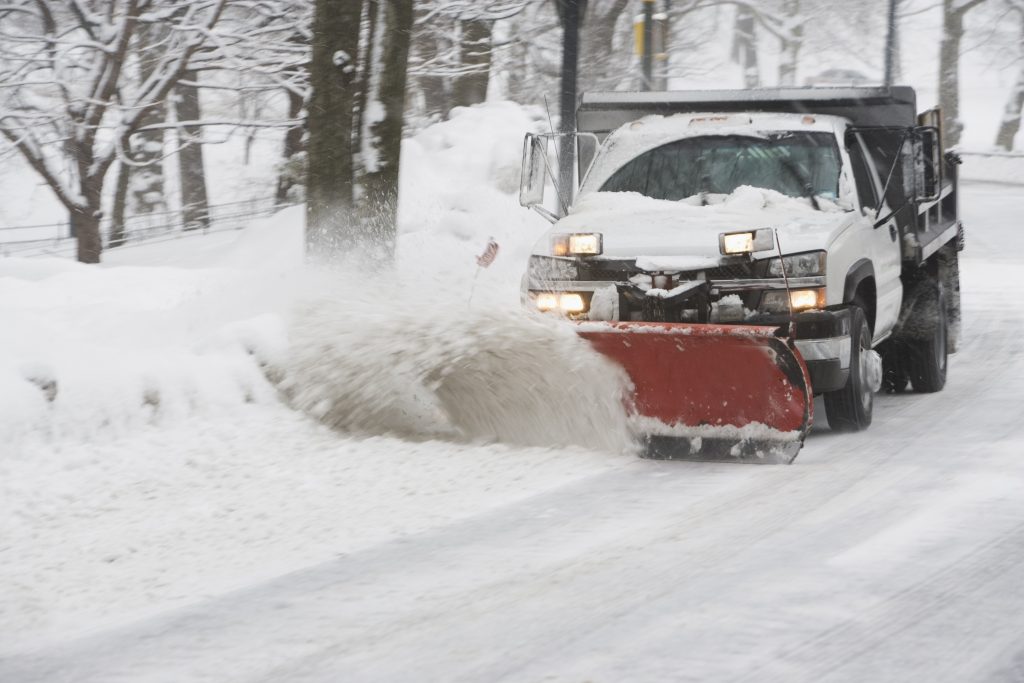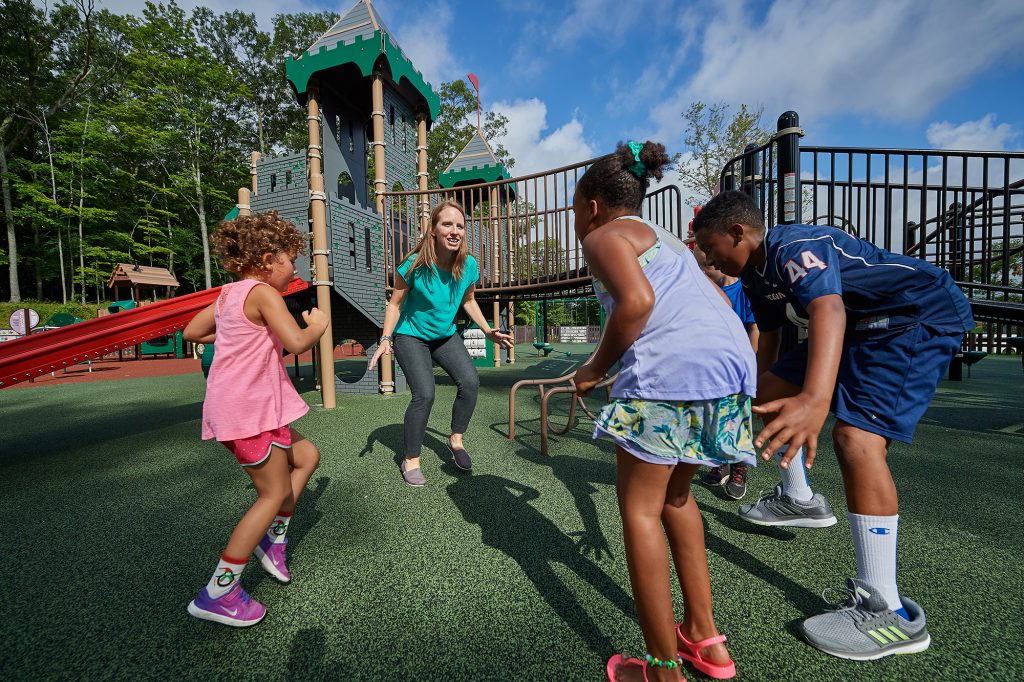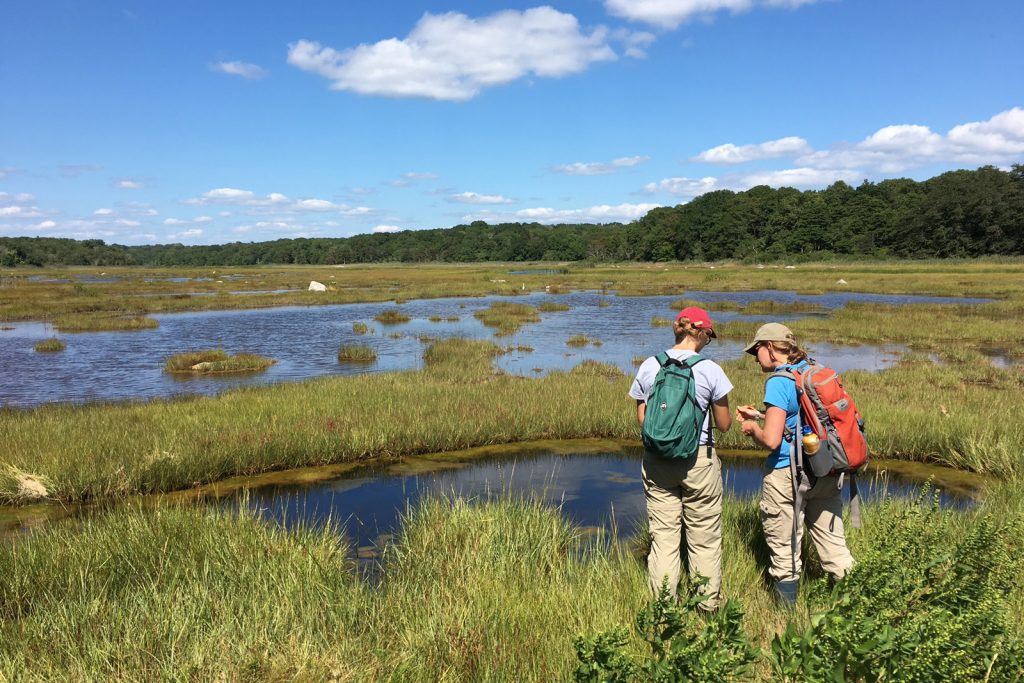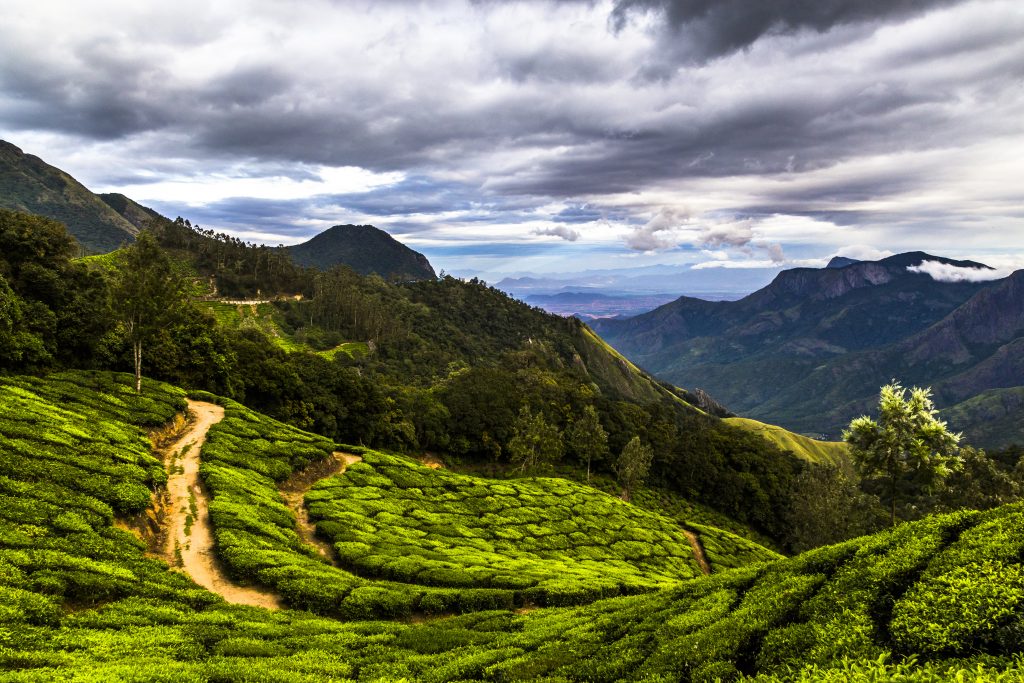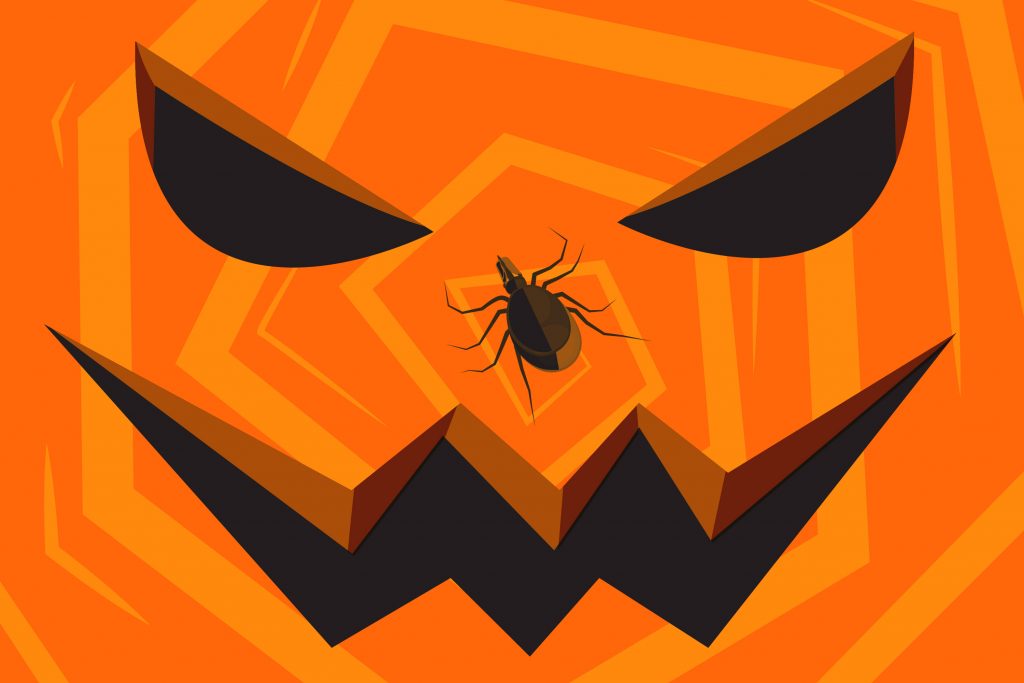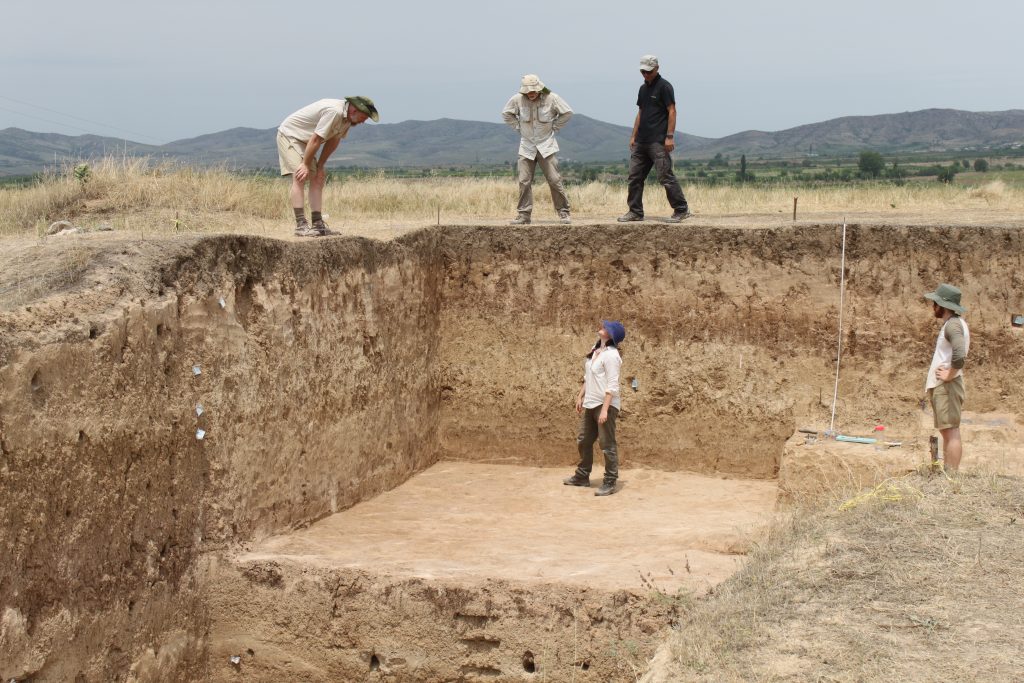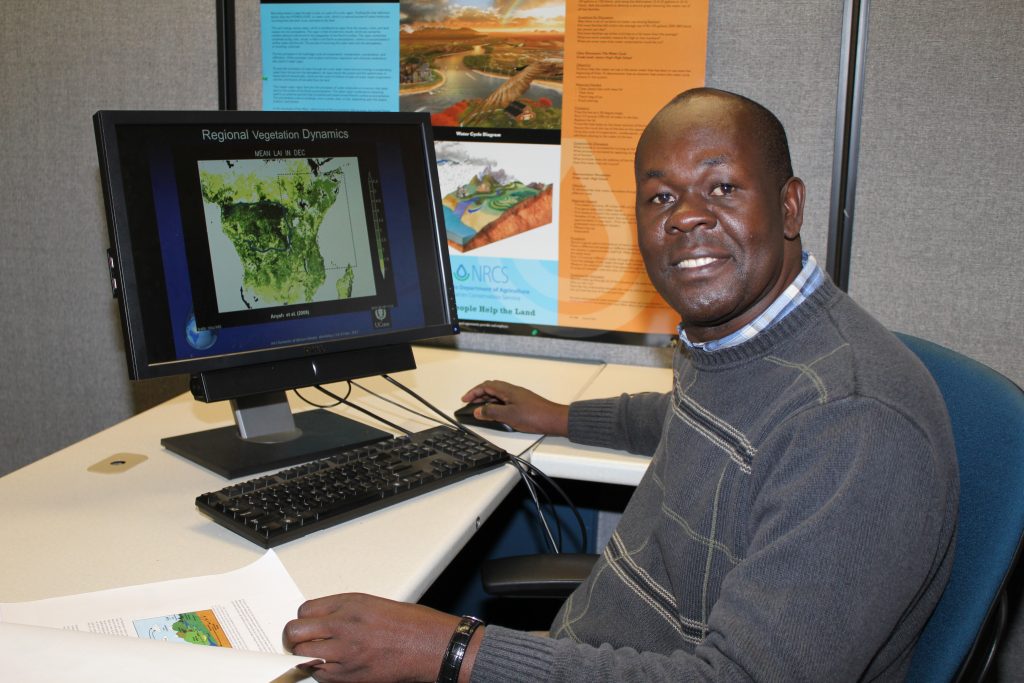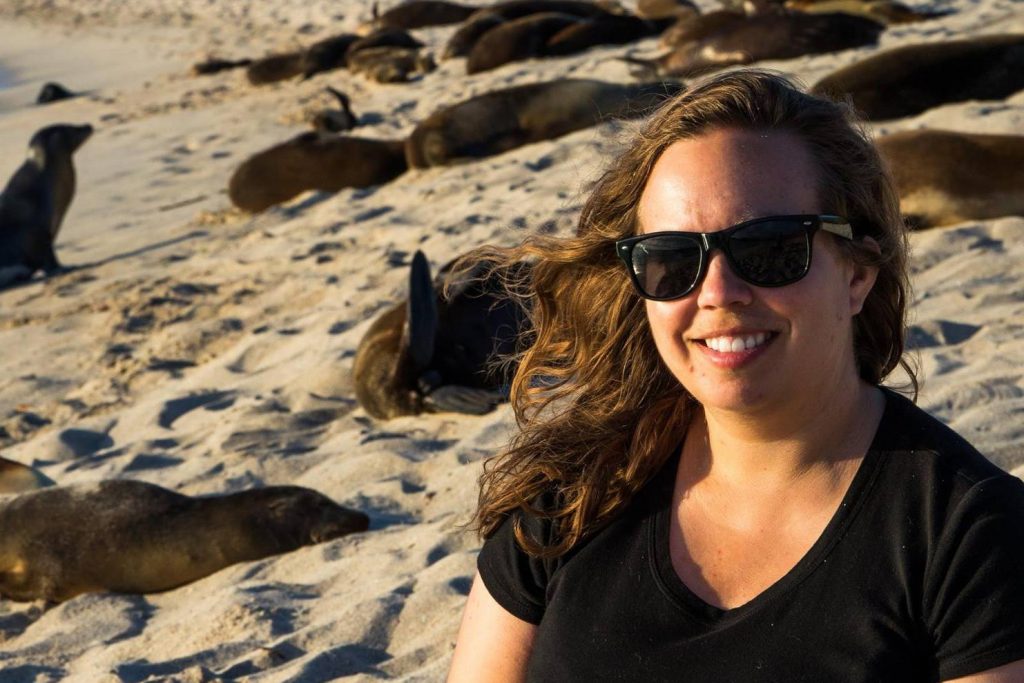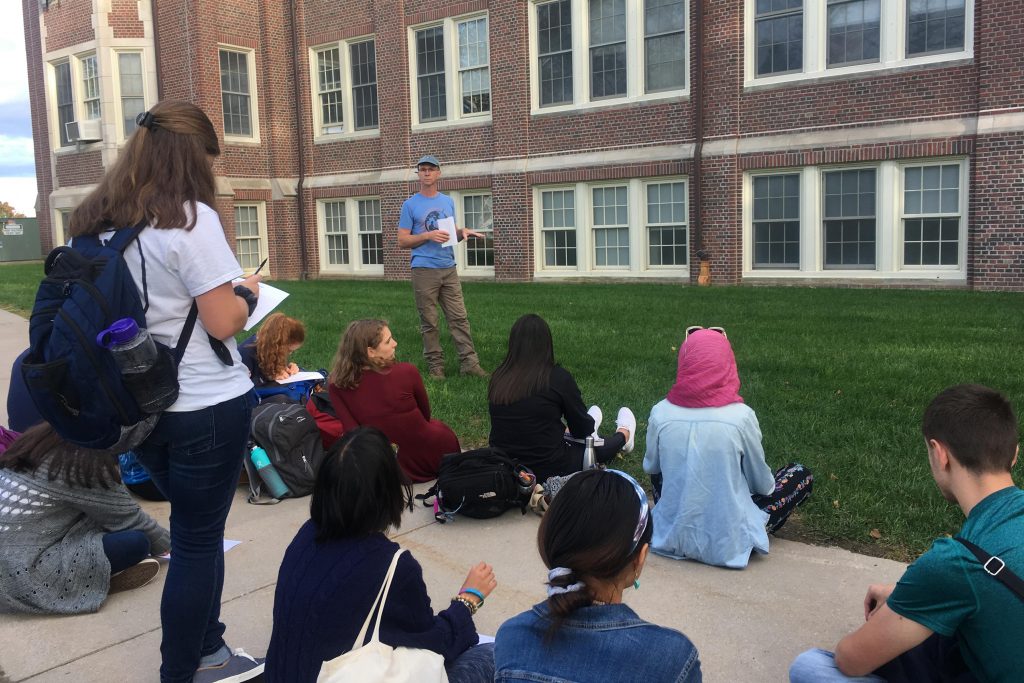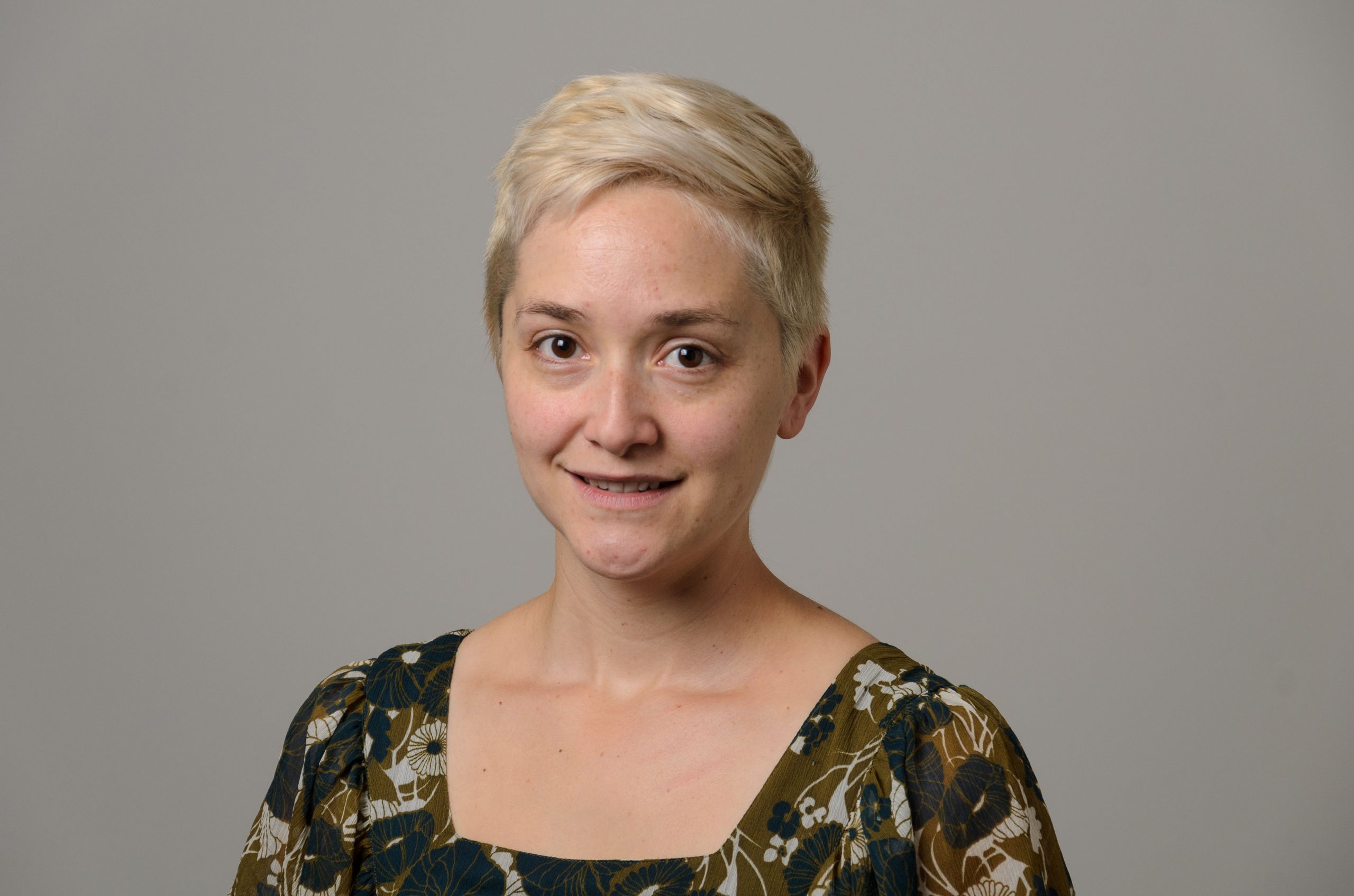
Elaina Hancock
Author Archive
Core Samples Dig Deep into History of Horsebarn Hill
Samples taken from an iconic campus location are helping undergraduates in a geology lab course learn how to read the history of geologic layers going back tens of thousands of years.
December 6, 2018 | Elaina Hancock
Saltier Waterways Creating Dangerous ‘Chemical Cocktails’
A new study found that salty, alkaline freshwater releases a variety of harmful substances that together have more devastating effects on drinking water and ecosystems than individual contaminants.
December 3, 2018 | Matthew E. Wright, University of Maryland
The Fight for Physical Literacy
Just as with reading literacy, a strong early foundation in physical literacy will have lifetime benefits, according to kinesiology professor Lindsay DiStefano.
November 26, 2018 | Elaina Hancock
Connecticut’s Marshes: Past, Present, and Uncertain Future
As the world looks increasingly to technology to sequester carbon dioxide from the atmosphere, UConn researchers are seeking to understand the natural processes involved in wetlands' ability to store carbon.
November 15, 2018 | Elaina Hancock
‘Cryptic’ Interactions Drive Biodiversity Decline At Edge of Forest Fragments
An international team of researchers showed that forest fragmentation weakens the impact of some 'natural enemies' that help maintain diversity in a tropical system.
November 6, 2018 | Kevin Dennehy, Yale University
Tick-or-Treat!
Think tick, or risk being tricked by these 'blood-sucking vampires,' cautions pathobiologist Paulo Verardi, whose lab is working to develop vaccines for a number of emerging tick-borne diseases.
October 31, 2018 | Elaina Hancock
Snapshot: Dan Adler in Armenia
Anthropology professor Daniel Adler co-directed excavations at an archaeological site in Armenia that documents the earliest human occupation of the area, and may be more than 1 million years old.
October 26, 2018 | Elaina Hancock
The Rains in Africa: How Global Climate Influences the Water Cycle
A new study found relationships between certain global climate indexes and the availability of water in Africa.
October 22, 2018 | Elaina Hancock
Snapshot: Sarah Knutie in the Galapagos Islands
The ecology and evolutionary biology professor is conducting research on how bird species in the Galapagos are responding to new parasites.
October 19, 2018 | Elaina Hancock
Climate Corps Seeks to Make Impact in Connecticut’s Communities
A service learning course enlists students to help the state's communities respond and adapt to climate change through the UConn Climate Corps.
October 10, 2018 | Elaina Hancock
